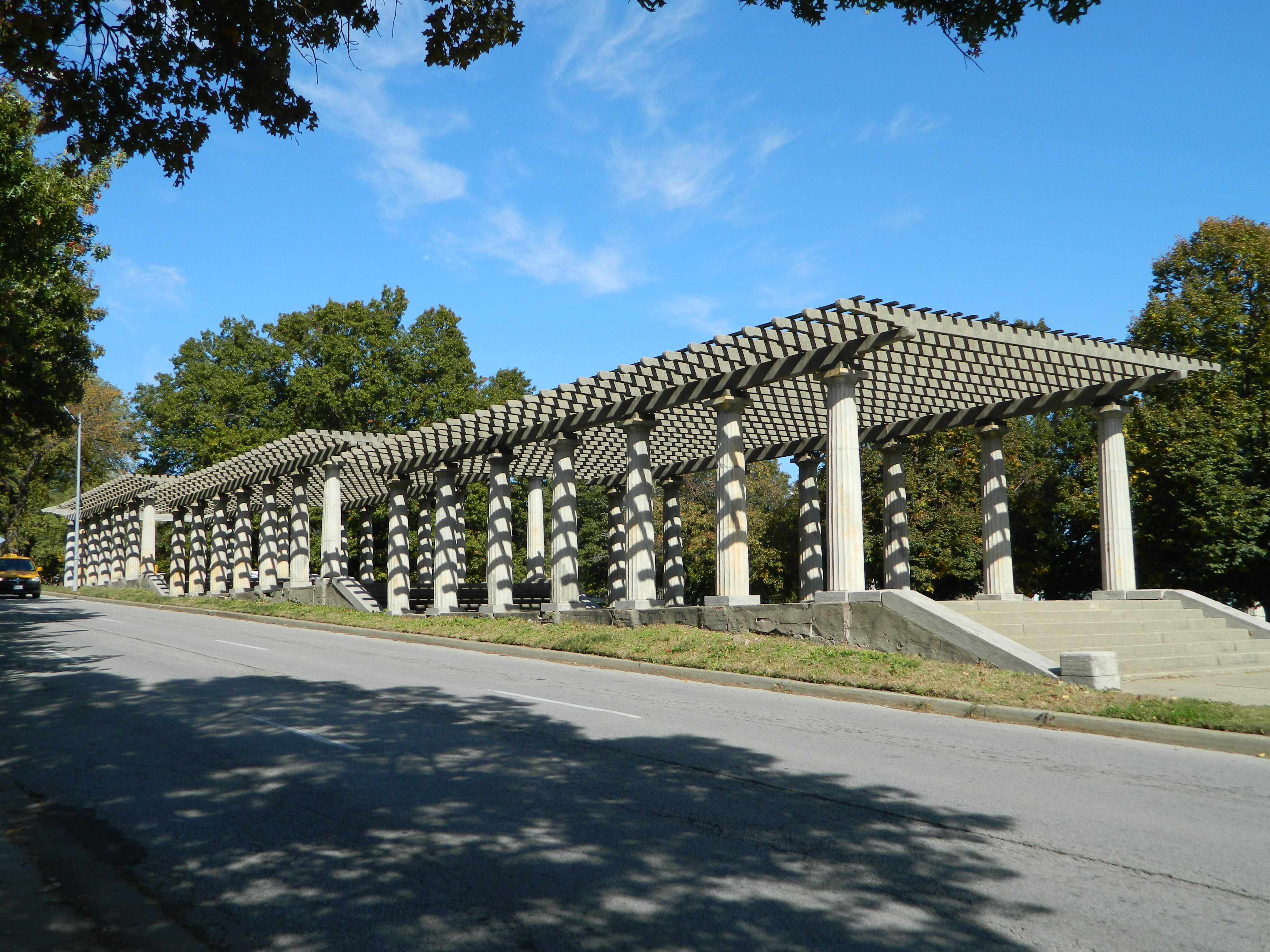Kansas City’s Paseo Boulevard is one of the city’s oldest and stateliest boulevards with roots tracing back to 1893 when the city’s fledgling Parks Board, led by August R. Meyer, proposed a boulevard to run from 9th street south to 17th street.
“Paseo,” translated from Spanish, means walk, way, or promenade.
The boulevard was designed after the Paseo de la Reforma in Mexico City, a three-mile boulevard that ran from the Mexican capital to the old castle of Chapultepec where rulers of Mexico had lived since before the Spanish conquest.
The tree-lined Paseo de la Reforma featured beautifully cultivated flower beds, ornamental circles, fountains, and statues along its route through the center of Mexico City.
George Kessler, a noted landscape architect, was hired by Meyer and the Parks Board to carry out the work of creating a world-class Parks and Boulevards system in Kansas City as part of the City Beautiful Movement sweeping the country at the time.
One of the primary tenets of that movement was the introduction of beautification in terms of parks and boulevards and monumental grandeur in the form of pergolas, terraces, and fountains throughout the core of cities nationwide.
It was during this time in the late 1890s and early 1900s that a majority of Kansas City’s urban parks and boulevards were constructed under Kessler’s careful hand.
Kessler’s involvement in The Paseo’s construction was at all levels—from the inspection of construction sites to design changes made on the fly out in the field.
Kessler considered The Paseo both a boulevard and a park, often marking the location of tree plantings by stamping the heel of his boot into the ground.
Land acquisition for The Paseo began in 1893 and the first phase of construction was completed in 1899 between Admiral Boulevard and 17th Street.
The completion of that segment was marked by a speech and dedication by none other than President Theodore Roosevelt, who was in Kansas City at the time on business of national interest.
As the city’s population grew south, more land was secured for the continuation of The Paseo, linking it with Linwood and Armour Boulevards.
By 1917, land acquisition for The Paseo was complete and its length ran from Independence Boulevard south to 77th Street.
Along The Paseo’s route, terraces, sunken gardens, fountains, and memorials were erected including a memorial at 10th Street to the first president of the Board of Park Commissioners, August R. Meyer.
Kansas City’s oldest working fountain at 9th and The Paseo, now the Women’s Leadership Fountain, was originally dedicated in 1899 and is one of the centerpieces of The Paseo’s original construction phase.
The significance of The Paseo in Kansas City’s history can’t be understated. Not only does it represent some of George Kessler’s finest work, it remains today as one of the oldest, longest and most dominant boulevards in the Parks and Boulevard System.
While this history of The Paseo is abridged, more complete histories can be found in the Kansas City Public Library’s Missouri Valley Room or in the archives of the city’s Parks and Recreation Department.
Some of the research for this article included:
“A City Within a Park: One-Hundred Years of Parks and Boulevards in Kansas City, Missouri” by Jane Mobley and Nancy Whitnell Harris.
“Passages Through Time: Stories about Kansas City Missouri and Its Northeast Neighborhood” by Dory DeAngelo.
“A Legacy of Design: An Historical Survey of the Kansas City, Missouri, Parks and Boulevards System, 1893-1940” by Janice Lee, David Boutros, Charlotte R. White Deon Wolfenbarger
“The City Beautiful Movement in Kansas City” by The Curators of the University of Missouri and reprinted in 1990 by the Centennial Books Committee of the Board of Parks and Recreation Commissioners and William H. Wilson.



















